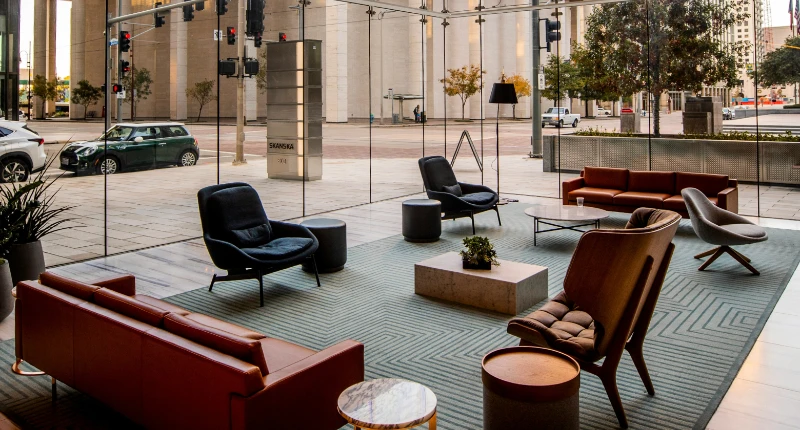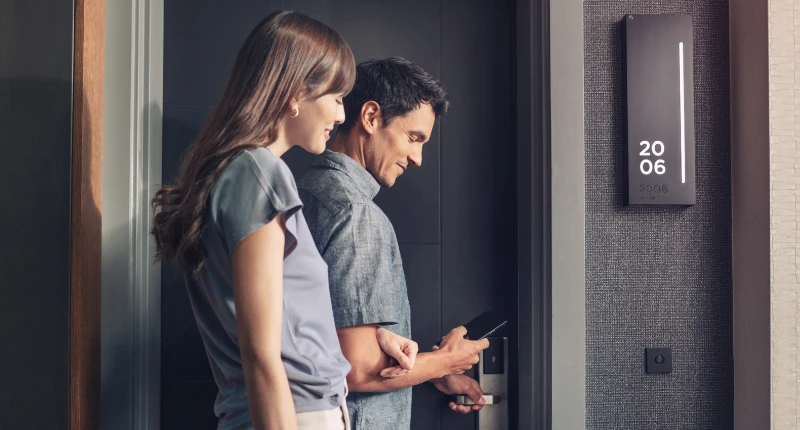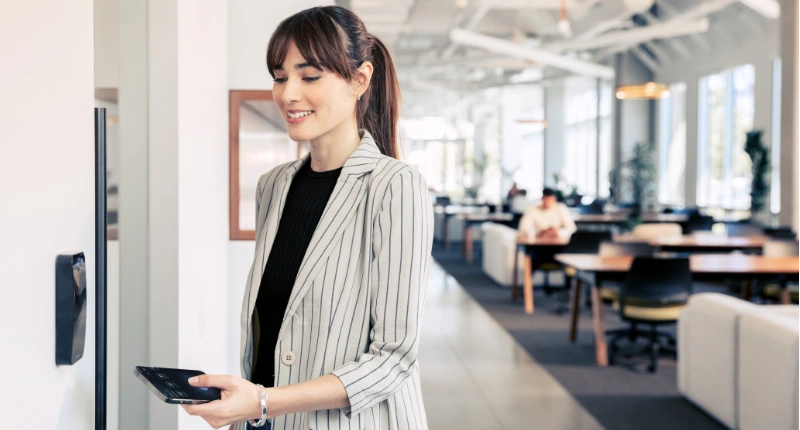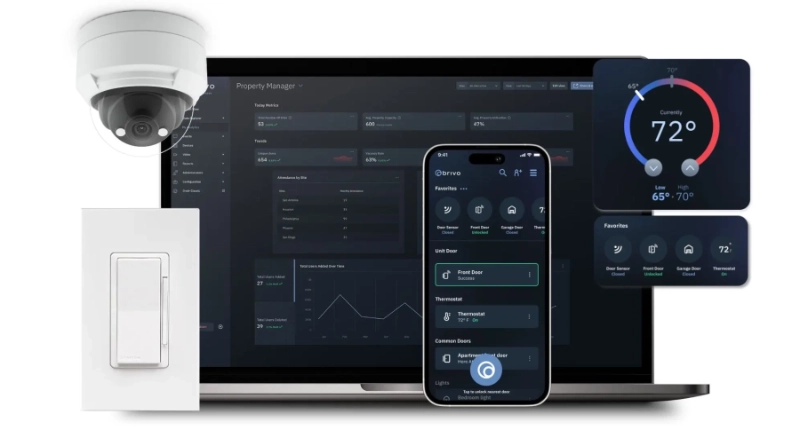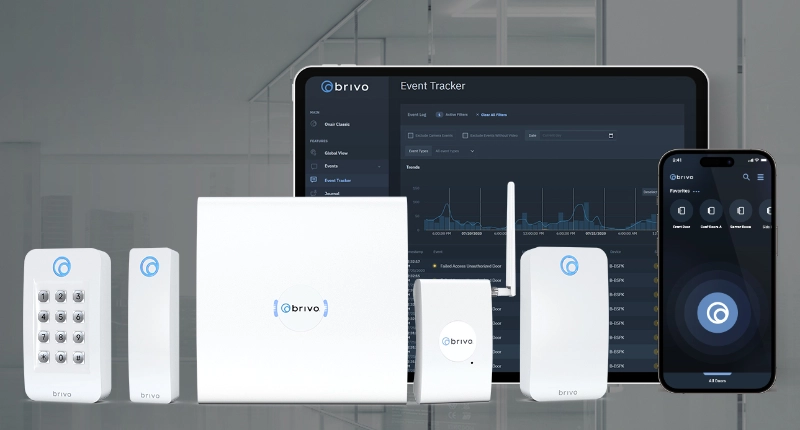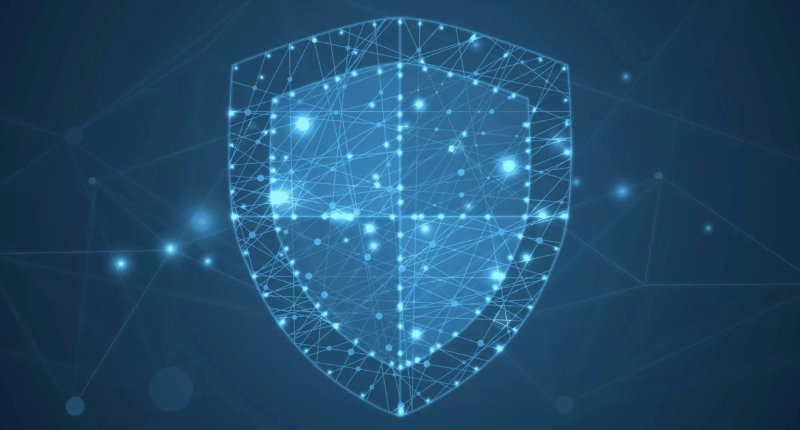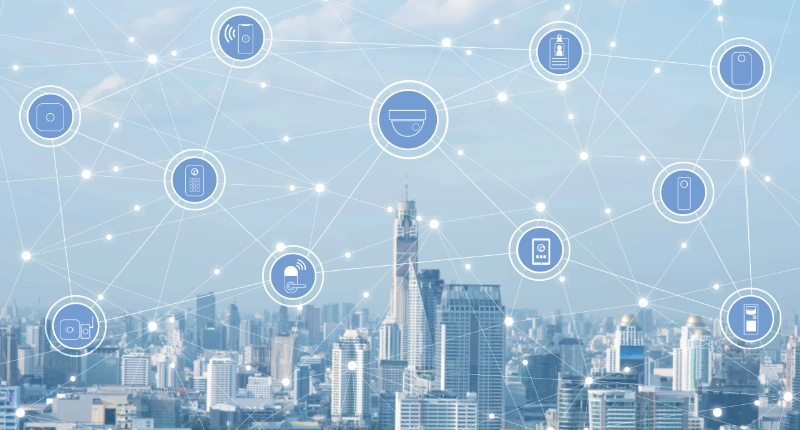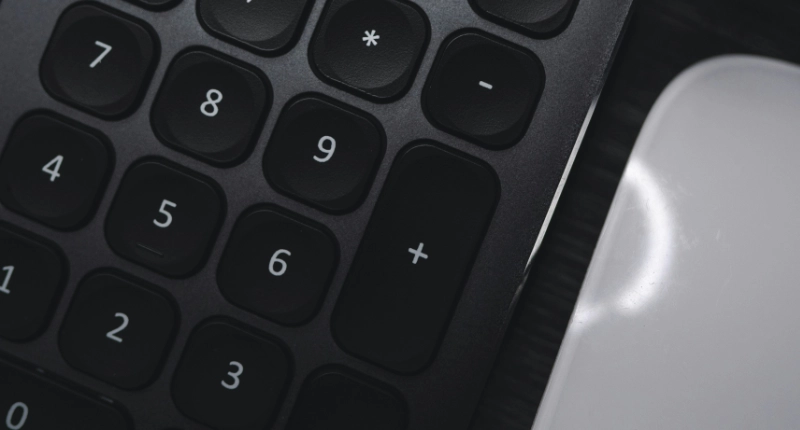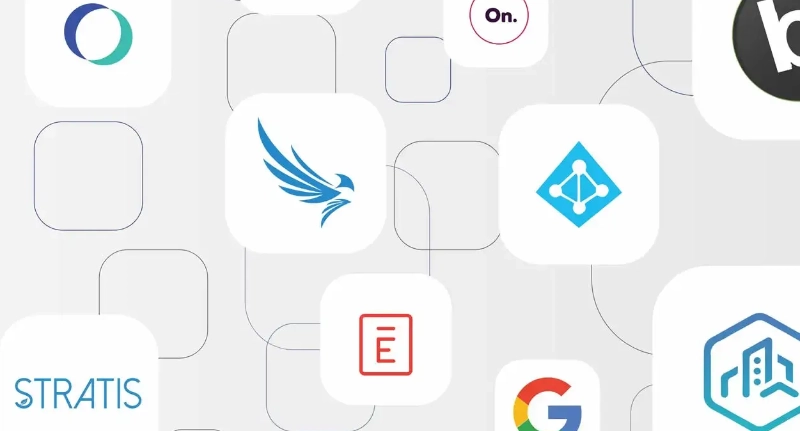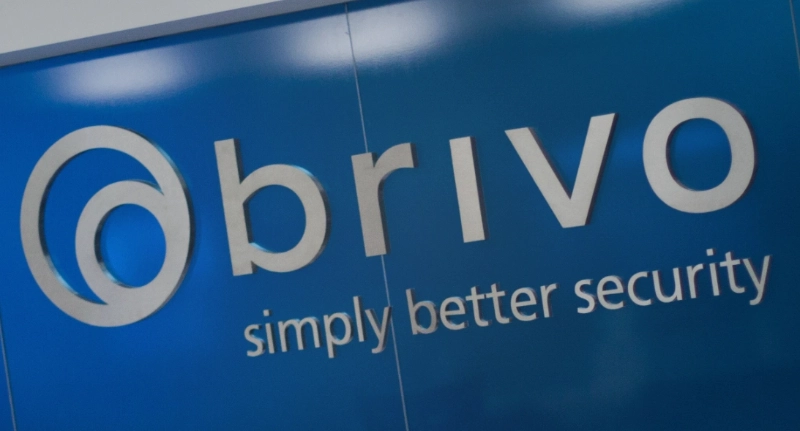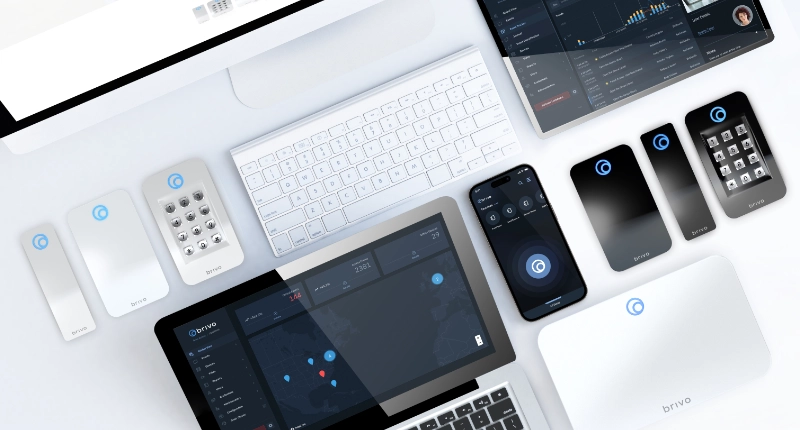On New Year’s Eve 2020 we all exhaled a collective sigh of relief at the end of a tough year and looked forward to the promise of something that may resemble normalcy in 2021. COVID vaccines were rolling out, healthcare and essential workers were getting their shots, the Dow Jones was over 30,400 points (a record high) and we were saying adios to the dumpster fire that was 2020.
A month into 2021, while there have been some bumps in the road, the sense of optimism in getting back to work in the office is still strong. We can see, on the horizon, the day we will no longer be homebound, able to get back into the office, visit family and friends, and perhaps even travel once more. This optimism is tempered by the reality that it may still take a little while to get there. And we know normal will not be exactly the same as it was before.
Work from home will still be a large part of how organizations function. In fact, Forrester research analyst Andrew Hewit predicted that, “we will witness a 300% permanent increase in remote workers…in other words, one in five workers working remotely permanently.” However, the other 80% of workers that will return to the office are anxious to get back.
Security, facility managers and business leaders are planning return-to-work strategies now to prepare for when the time is right to get back in the office. But this is a difficult task for many reasons:
- There is no playbook for reopening offices and the situation is still changing.
- We know things will look, feel and function differently post-COVID.
- Employees and customers have concerns for their health and safety, even after vaccination.
- The job, role or business model we come back to may be different, so we have to adapt.
- Different rules and regulations across each individual jurisdiction complicate corporate planning.
Corporate leaders are leaning on each other to figure it out as we go. In Chicago, to create a playbook for the return to work. Bridget Gainer, VP Global Affairs at Aon, who is leading the global business coalition, told the Chicago Tribune this January “…the vaccine is a game-changer because it gives light at the end of the tunnel, and workers can talk about returning to the office as if it’s a real thing…Plans can start moving from theoretical to practical.”
workers can talk about returning to the office as if it’s a real thing…Plans can start moving from theoretical to practical.
But corporate leaders aren’t the only ones that are challenged. While Americans are anxious to get back to the office, many are scared. In a Deloitte study, 60% of Americans don’t trust others to social distance, which has implications for the workforce.
For business, security and facility management leaders, the number one question they should consider is, What will make my employees, customers, students and residents comfortable with returning to my facility? Without workforce confidence in the policies, procedures and protocols in place, it’s going to be very difficult to bounce back to an office-oriented culture for those that will return.
How Technology Can Help Build Confidence
Organizations are reevaluating their office setup, spreading desks further apart, installing physical barriers, creating one-way traffic paths and much more. At Brivo, we believe technology plays a significant role in helping build that confidence to reopen doors. One thing the pandemic has taught us is that technology, especially cloud technology, has the ability to transform how we interact with each other and our buildings in ways that are safer, more convenient and enhance the experience on our sites overall. Below are some of the technology solutions organizations are exploring as they plan to return to offices.
Security tools adapt for health-safety
Regardless of whether organizations had employees onsite or were mostly ghost towns over the past year, physical security managers had to adjust how they managed access, and assured health-safety protocols for those on site. For many, this meant having a greater focus on physical security and implementing health-safety components to adapt to the post-COVID era.
Leverage technology you already have
Many organizations already possess technology that can be augmented to support the post-COVID return to work. Access control capabilities that make sure only authorized people can enter a building can now also provide real-time onsite counts to ensure that person limits imposed by governments or company policies can be enforced. Likewise, as cleaning and disinfecting protocols become much more stringent, (and arguably much more important now) utilizing access control data to monitor cleaning staff activity, timing, locations etc. can provide empirical assurance to employees that the facility is being cleaned effectively and consistently.
Augment video with AI
Another example of technology in use is augmenting video surveillance with additional tools that detect if someone gaining entry is wearing a mask. This technology can help enforce mask policies. Even better, when that detection capability is linked with access control, organizations can automatically stop entry until a mask is put on. Read more about Brivo Access
Increase focus on mobile
Organizations are also focusing on mobile. We all have smart phones with us everywhere we go. Physical security can learn from the restaurant industry, which has foregone printed menus in exchange for QR codes laminated to tables. This practice lets patrons access digital menus to limit exposure. Security and facility management leaders should maximize the use of mobile capabilities to manage access to prevent unnecessary surface touching — from garage to front doors, elevators to executive suites. Check out Brivo MobilePass solution for frictionless access.
Use data to protect your occupants
Intelligent data analytics can identify potential exposure from a contagious person that has entered the building. Using the access control solution’s rich data set to see which employees could have been exposed based on where they were in the building during a specific period of time, organizations can be proactive about bringing awareness to possible exposure and containment. View Brivo Facility Safety Features.
Rethink visitor access
Receiving visitors to the office is also an area of concern as we return to work. Ensuring visitor management is in place to identify every visitor and pre-screen them for possible indicators of infection before they enter the building is important to provide confidence to the broader workforce that you are taking safety and health precautions. This can also extend to mobile device self-screening as well. Read more about Brivo Visitor Screening and Mobile Self Screening.
These are just a few of the technologies that organizations are exploring to prepare for reopening their doors to employees, customers, students and residents. Technology can be a foundation to help build the confidence needed to reopen doors. The light is looking bright over the horizon as we continue to fight COVID. Everyone is looking forward to moving into the next normal as soon as it is safe. Business, security and facility management leaders need to be planning and implementing now to be ready to start the next chapter. At Brivo, we are here to help our customers and partners prepare to rebound better in 2021.
Learn more about how Brivo Access can help you improve your security capabilities.
